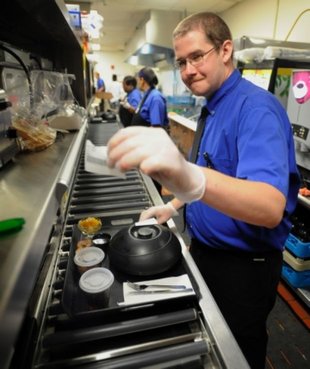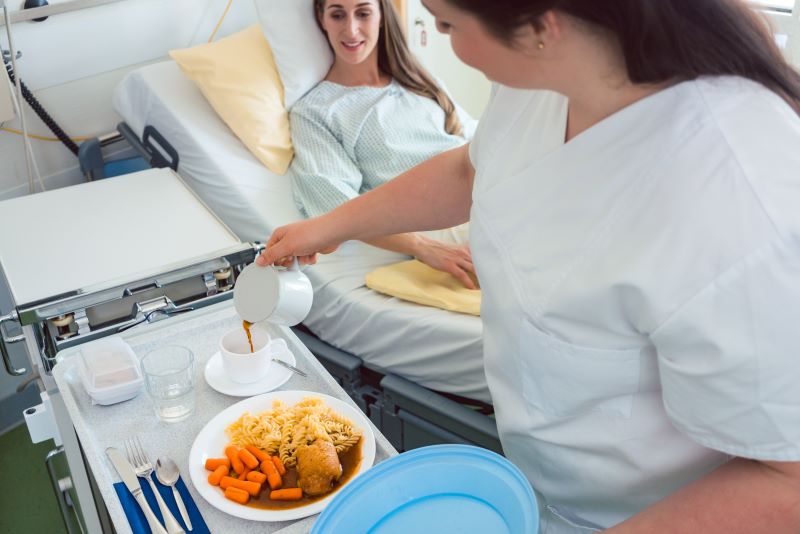With the weather warming up and the sun making a more regular appearance in all parts of Minnesota, many ServSafe food managers open their patios, beer gardens, and other outdoor eating areas. Ensuring proper storage for serving utensils and condiments outdoors helps keep guests safe from food safety hazards. This week, we’ll look at a few things ServSafe managers can do to keep customers safe as they enjoy their outdoor service experience.
Outdoor Service and the Certified ServSafe Food Managers
Depending on your establishment’s service style, there are two different approaches to preventing contamination from the elements. Many restaurants and institutions provide full service whether they’re seating guests indoors or outdoors. Smaller outlets may choose a self-service approach that is less labor-intensive and more cost-effective.
Self-service is the way to go if you’re a small operation such as a food truck or snack bar. Sealed condiment packets, individually wrapped plastic utensils, and non-refrigerated condiments are safe to be left in your dining area. Remember to keep dispenser taps clean and seal condiment bottles when not in use. We suggest you avoid reusable squeeze bottles as guests may not replace the lids and expose whatever is inside to the elements. Manufacturers package condiments like ketchup and mustard with dining in mind, making them the best choice.
If you offer full-service dining, outdoor service can be easier with simple preparation. The same rules apply if you leave condiments on the table. Using sealable condiment bottles is a fine procedure. However, if you’re looking to add a little more elegance and class to your service, we recommend you use pre-portioned individual-sized dishes. These can be properly stored inside your kitchen or server stations. The same rule should apply to servingware and napkins. It is a good idea to keep them away from potential outdoor contamination hazards such as insects and the occasional stray bird.
At Safe Food Training, we enjoy the occasional lunch or dinner under the sun’s rays. How do you feel about outdoor service? Is it something you find easy to offer your guests, or is it frustrating in your establishment?






